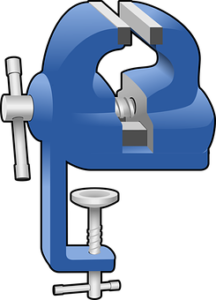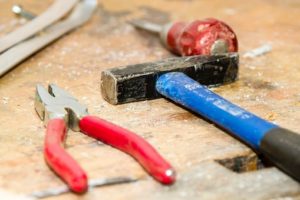Factors To Consider In Buying A Benchtop Planer

A benchtop planner helps surface less-expensive rough sawn stock rather than buying pre-surfaced lumber. A good planner can be used on hardwoods as they can handle deep cuts. You will not need power sanding or even heavy scraping to get rid of scallop marks. You can buy a benchtop planer that takes little time to level wood, can reduce thickness of wood and does not leave chips or wood filings planner When purchasing a planner you need to be subjective and choose one that will suit your needs
Factors
Size
 The size of a planer determines what operations it can undertake. A large planer is often precise in shaving thin wood sheets and churning out millimeter thickness. On the other hand, small planers are portable and dependable but are usually prefixed to certain depth levels.
The size of a planer determines what operations it can undertake. A large planer is often precise in shaving thin wood sheets and churning out millimeter thickness. On the other hand, small planers are portable and dependable but are usually prefixed to certain depth levels.
Motors
Planers use two types of motors Induction and Universal type motors. Universal motors are lighter, portable and cheap but are not effective when used with hardwood. On the other hand induction motors are heavier, durable and more precise while working. Choose the most suitable motor for your needs; if you are using it with hardwood, then induction motors are the best.
Thickness
Choose a planer that shaves off a millimeter of wood at one time to bring consistent thickness on the wood. You will find that some executives are equipped with depth stops to allow you to adjust the width. On the other hand, some planers can accommodate up to 6-inch thickness. Width is a major determinant of the size of board that can be fit into the planer. While compact designs can only accommodate small board sizes, stationary planers can be used with high width boards. The best thing one can do is using a joint planer which enables you to run individual boards through and later join them to increase their width.
Space
Another important factor in buying a benchtop planer is the amount of space you have. Most portable planers require 5 to 7 feet of space for operation. You should also consider the wood length that will protrude from the sides of the planner when calculating the space in your workshop.
Blades and knives speed
 The blades rotate at high speed chipping off wood from the planks. The more the knives in a blade, the higher the stroke count. A blade with more top speed has a high stroke count. Nonetheless, speed doses not influence quality. A slower rate is suitable for certain woods while a high speed is appropriate for other woods. It is advisable to choose a benchtop planer with a variable speed so you can adjust speed to suit the type of wood you are working with.
The blades rotate at high speed chipping off wood from the planks. The more the knives in a blade, the higher the stroke count. A blade with more top speed has a high stroke count. Nonetheless, speed doses not influence quality. A slower rate is suitable for certain woods while a high speed is appropriate for other woods. It is advisable to choose a benchtop planer with a variable speed so you can adjust speed to suit the type of wood you are working with.
